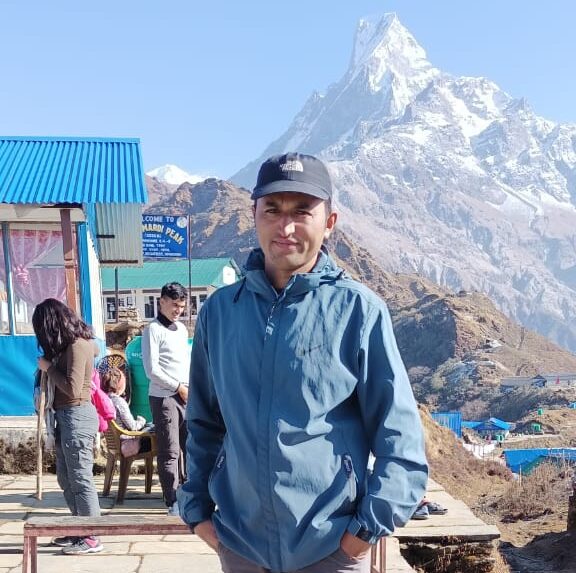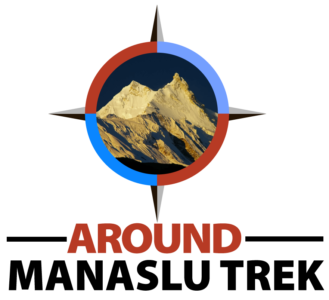Trekking
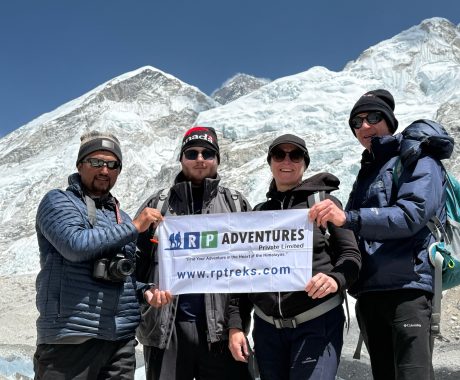
Everest Base Camp Luxury Trek
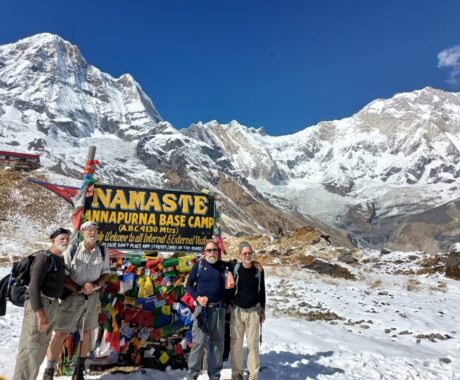
Annapurna Base Camp Trek
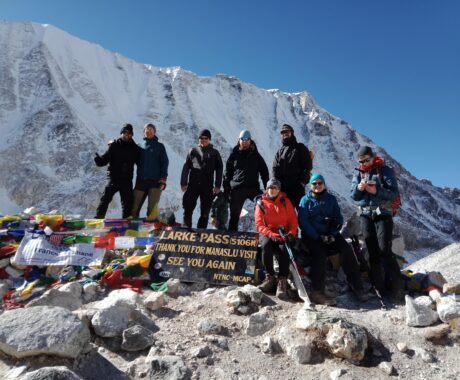
Manaslu Circuit Trek
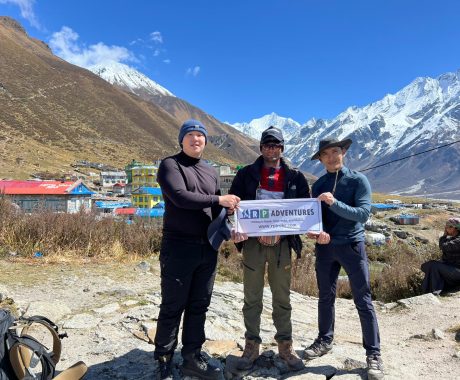
Langtang Valley Trek
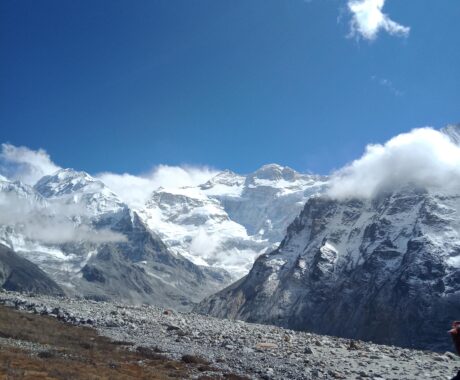
Kanchenjunga North and South Base Camp Trek
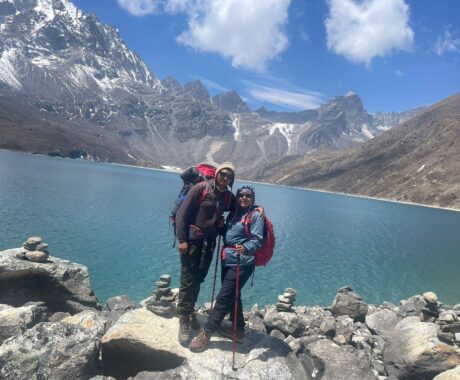
Gokyo Lake Trek
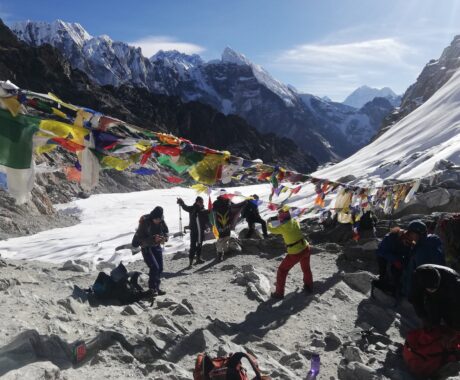
Everest Three High Passes Trek
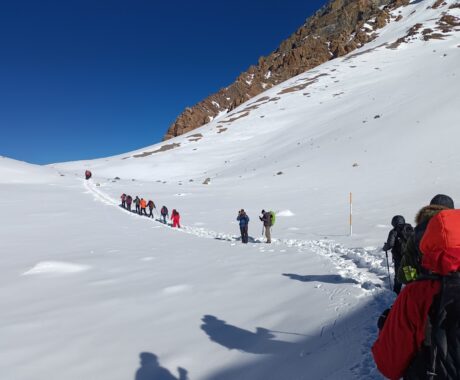
Annapurna Circuit Trek
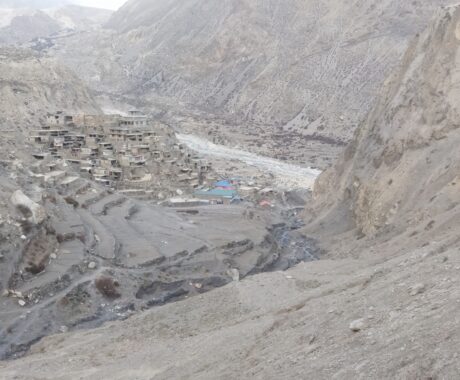
Narphu Valley Trek
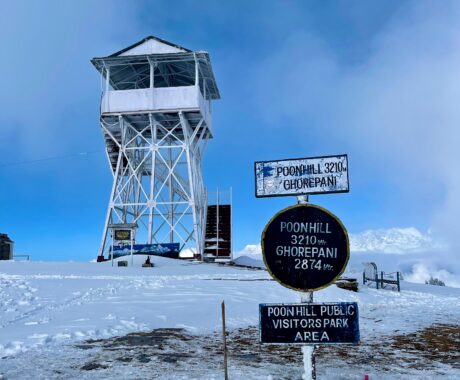
Ghorepani Poon Hill Trek
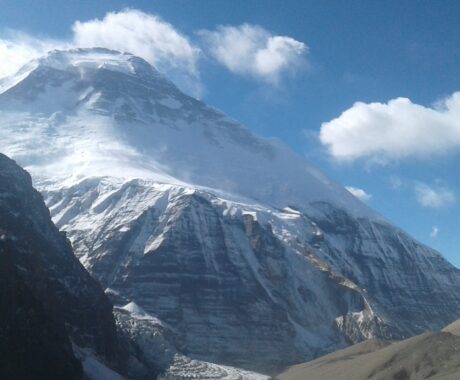
Dhaulagiri Round Trek
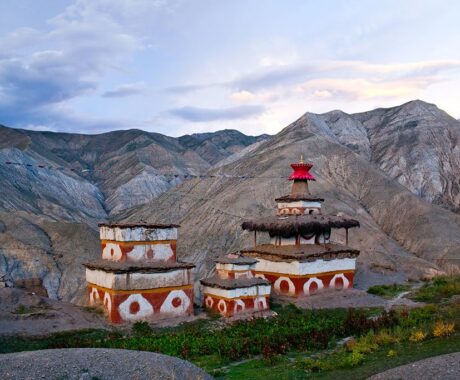
Upper Dolpo Trek
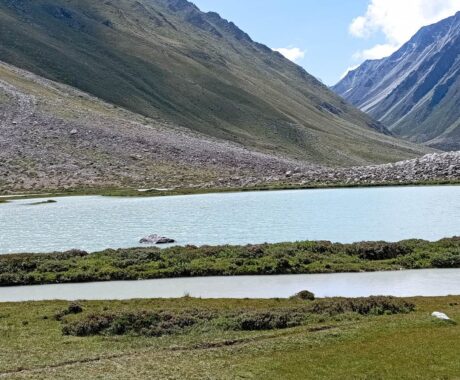
Limi Valley Trek
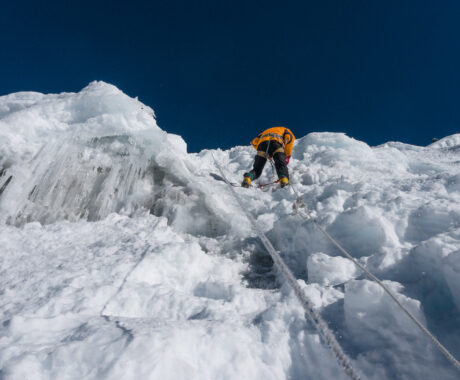
Island Peak & Everest Base Camp Trek
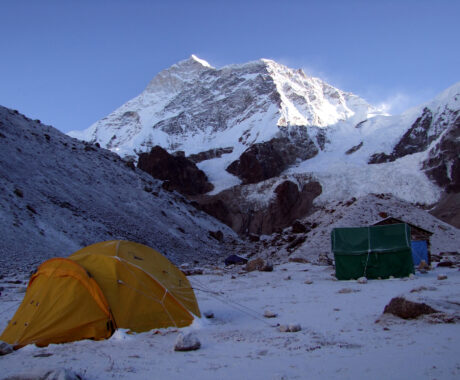
Makalu Base Camp Trek
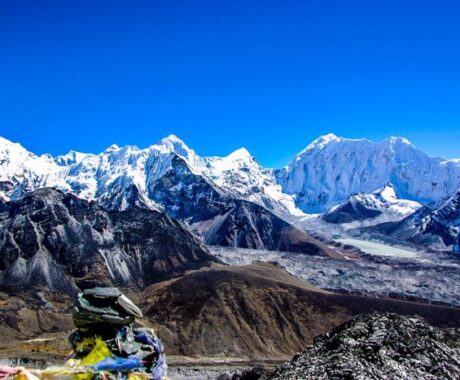
Rolwaling – Tashi Lapcha Pass
All Nepal Trekking Packages with Price and Accommodation offered by RP Treks & Expedition P. Ltd
Embark on an unforgettable journey through the breathtaking landscapes of Nepal with our specialized trekking packages. From the iconic peaks of Everest to the serene trails of Annapurna, each trek is an adventure waiting to happen. Here's everything you need to know about our Nepal trekking experiences:
Best Season for Trekking in Nepal
The ideal time for trekking in Nepal is during the spring (March to May) and autumn (September to November) seasons. During these months, the weather is generally clear, providing spectacular views of the Himalayas, and the temperatures are comfortable for hiking.
Accommodation
Accommodations during the trek vary depending on the region and the route chosen. Most trekking routes offer teahouse accommodations, providing basic rooms and communal dining areas. For those looking for a bit more comfort, there are areas with hotels that offer more amenities, including private bathrooms and hot showers.
Meals
All our packages include meals throughout the trek. Teahouses serve a variety of dishes ranging from traditional Nepali food to more familiar Western dishes. Dal Bhat (rice and lentils), momos (dumplings), and Tibetan bread are popular among trekkers. We ensure that the meals provided are high in carbohydrates and proteins to keep your energy levels up during the trek.
Range of Prices
Our trekking packages vary in price, generally ranging from $600 to $4000 depending on the length of the trek, the peak season, and the level of comfort requested. Budget packages typically include basic accommodations and standard meals, whereas premium packages offer upgraded rooms, additional meal options, and sometimes even include domestic flights.
How to Reach There
Most treks in Nepal begin from Kathmandu or Pokhara, which are accessible by international and domestic flights. Upon arrival in Kathmandu, transportation can be arranged to the starting point of the trek either by bus, private vehicle, or domestic flight, depending on the region.
Difficulty Level and Physical Requirements
Our treks range from easy to challenging. The lower elevation treks are generally easier and suitable for most people with a basic level of fitness. High-altitude treks, like Everest Base Camp or the Annapurna Circuit, require a good level of physical fitness and some prior trekking experience. These treks involve long walking days and steep climbs at high altitudes.
Insurance
Travel insurance is mandatory for all trekkers. Your insurance should cover high-altitude trekking and provide for medical evacuation and hospitalization in case of emergencies.
Packing List
Packing adequately is crucial for a comfortable trekking experience. Here’s a basic list to get you started:
- Trekking boots and socks
- Thermal base layers
- Fleece jacket or pullover
- Waterproof jacket and trousers
- Hat and gloves
- Sleeping bag (can also be rented in Kathmandu or Pokhara)
- Backpack and a daypack
- Sunglasses and sunscreen
- Water bottles and water purification tablets
- First aid kit and personal medication
- Headlamp or flashlight
- Toiletries and personal hygiene products
Read: What to Pack for Trekking in Nepal
Each trekking route has its unique charm and challenges. Whether you are a seasoned trekker or a novice eager to experience high-altitude trekking for the first time, we have the perfect package for you. Join us for an adventure that not only promises mesmerizing views and thrilling hikes but also an intimate experience with the culture and people of Nepal.
